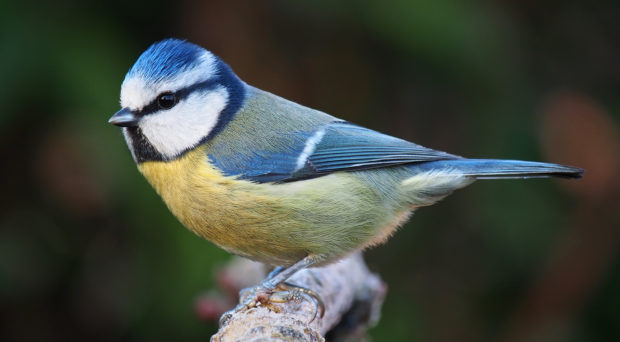
Parasites of Passerine Birds
Passerine birds belong to the bird order Passariformes, and make up over half of bird species. There have been surprisingly few studies on the endoparasites of wild birds of Britain and Ireland, and studies in other countries have mainly focused on domestic or captive birds. So far, the only study conducted in Britain to include wild passerines focused on coccidia parasites. Such studies that help us understand the epidemiology of parasites in wild populations are vital for wildlife conservation, and in understanding the parasites themselves, their biodiversity, life cycles, transmission patterns and the evolution of both parasite and host.
In this age, referred to by some as the Anthropecene, habitat fragmentation from climate change and urbanization can change or damage ecosystems and lead to stress on wildlife including these wild passerine birds, decreasing their ability to mount an immune response to protect from parasites and diseases. Other human activities may be positive, such as providing birds with alternative sources of food during winter/spring through bird feeders, or nesting boxes, yet this too has the potential to alter parasite transmission across populations and genera.
A recent study by Parsa et al 2023 reports on the epidemiology of helminth and protozoa parasites of the wild passerine birds of Britain and Ireland.
Methods
Researchers used faecal samples collected during regular ringing operations for the British Trust for Ornithology, over 15 months (March 2020 – June 2021) across 13 sites in the UK and Ireland which included gardens, woods and farmlands, using whoosh or mist nets. Information on bird species, age and sex, and whether there was a bird feeder at the site were recorded. Helminth eggs and protozoan oocysts were collected using sodium nitrate flotation and McMaster egg counting method. Phylogenetically controlled generalised linear mixed-effects models were used to determine associations for parasite genera, prevalence, abundance and infection intensity. Rarefaction analysis was used to understand how many parasite genera may have been missed due to under sampling.
![Photograph of a Common Starling (''Sturnus vulgaris'') - an immature female apparently Taken by user PaulLomax in London. Copyright asserted - [http://www.paullomax.org/photography/ contact him] for other licensing](https://blogs.biomedcentral.com/bugbitten/wp-content/uploads/sites/11/2023/02/Common_starling_in_london-1.jpg)
Parasite genera, prevalence, abundance, infection intensity
Researchers collected 755 fecal samples from 18 families, 28 genera and 38 species of wild Passerine birds. 151 samples (20%) were positive for parasites and a total of 14 parasite genera were identified. The authors noted that this infection rate was lower than studies conducted in other countries, and suggest that this was partly due to methodology, but also due to previous studies mainly being carried out on domestic birds rather than wild birds.
The highest prevalences were observed in corvids, starlings and dunnocks whereas the highest parasite infection intensities were seen in finches. Syngamus spp. eggs (33.1%), Isospora spp. oocysts (32.4%) and Capillaria spp. eggs (27.2%) were the most detected parasite genera.
Parasite prevalence was affected by diet, diversity and age, with juvenile birds having higher prevalences than adults. Abundance (mean eggs/oocyst per gram of feces across birds) differed by season, host age and habitat diversity, with greater abundance, and indeed higher infection intensity rates, detected as mean habitat diversity increased. Greater abundances were identified in winter compared to spring. Bird feeder presence strongly influenced infection intensities – with higher parasite infection intensities found in samples collected from sites with bird feeders.
Rarefaction analyses indicate that this study may have captured most (over 80%) parasite genera in only 5 of the 18 families (Acrocephalidae, Muscicapidae, Paridae, Prunellidae and Turdidae), researchers called for further sampling, including different parasite collection methodologies, to capture more of the parasite richness in passerine birds of Britain and Ireland.
Food for thought:
With the current outbreak of a highly pathogenic strain of avian influenza in Britain and Ireland (although granted not currently affecting passerine bird populations), one wonders what role endoparasites may play in the epidemic, whether, as suggested, their impact on avian immune response may make birds more susceptible to the virus, or if outbreaks of this viral disease has impacted patterns of parasite diversity and abundance in the birds of Britain and Ireland. The findings presented in this study could serve as a baseline for future studies on outbreaks, which again supports the argument by the authors that such studies are critical “to understand host–parasite associations in order to predict patterns of parasite emergence, transmission and pathogenicity”.

Comments